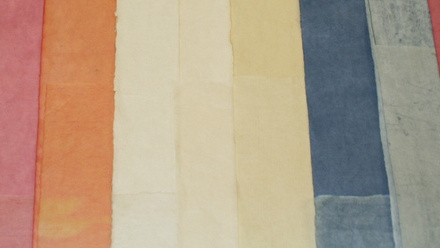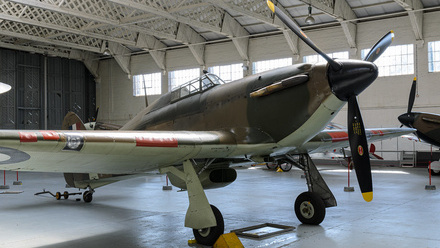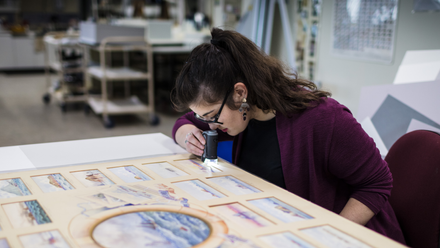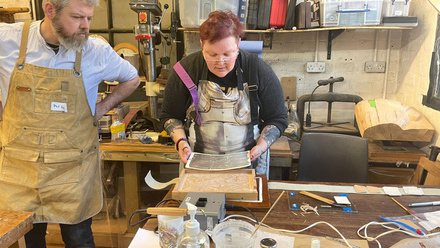In April 2018, I commenced a 6 months traineeship at Auschwitz-Birkenau State Museum, Poland. For my first conservation project, I was given musical scores of the camp orchestra. Working on the scores was the starting point for me to gain insight into the complexities of camp life. The scores also presented me an opportunity to focus on one of the major conservation issues, pressure-sensitive tape (PST) removal.
Camp orchestras in Auschwitz were first formed in 1940, consisting of professional/amateur musicians deported from all parts of Europe. Their main task was to play when prisoners marched out to work and returned back into camp. The orchestra played lively tunes such as marches and dance music whilst prisoners in stark contrast returned exhausted, often supporting friends bereft of life. Prisoners with musical experience tried to gain work in the orchestra; this was advantageous for survival, providing access to better living condition, additional food, clothing and protection from maltreatment. The camp compiled considerable numbers of musical scores, some composed by prisoners. As music played an integral role in camp operations, preserving the authenticity of remaining musical scores is immeasurable as a testimony to prisoner life.
The scores my supervisor selected were printed copies of orchestral parts, full of wonderful annotations using various media. They exhibited mechanical, chemical and aesthetical damage caused by varieties of aged PSTs most likely applied after 1945. Some papers were highly discoloured and brittle, water damage was also present. My task was to identify appropriate methods for the PST residue removal and prevent further deterioration to the original condition.
Beginning my research, I was fortunate to receive the Icon CPD bursary which allowed me to finance travel to the Warszawa Uprising Museum conservation lab. The conservation team kindly showed me their work and discussed their procedures, methods, and challenges faced. Witnessing first-hand another collection encountering similar issues reinforced how problematic PSTs can be within collections.
There were fourteen applications of PSTs on the three musical scores, of which I identified seven different types, varying by colour, size, stage of degradation. The FTIR analysis also revealed different composition. Most rubber based adhesives showed a cross-linking stage, with backings falling off.
Prior to treatment, I conducted a series of experiments for PST residue removal. This included the preparation of test samples; using accelerated aging treatment, selected PSTs and substrates similar to the musical scores. The following materials and methods were examined; poultice: gels (Klucel G / gellan gel / organogel), poultice: powder (talc / karagon / wheat starch paste), heat (heat spatula / hot air), immersion.
After some trial and error, I concluded a number of workable methods for my objects:
- Hot air (for backing removal) > heat and solvent > bathing: for cross-linked residues
- Gellan gel (3% in water): for water soluble, cellulose based adhesive and backing
- Organogel (loaded diethyl carbonate): for a PST next to susceptible inks and paper
- Solvent, suction table and mechanical removal for swollen residue: for very gummy brown packaging tape
The most workable way for deeply penetrated residues was combining heat and solvent. By applying heat using a heat spatula at 10˚C higher than boiling point of the solvent, evaporation energy pushes residues away from the object onto layers of absorbent paper towels. This method was powerful enough to clear large areas of stubborn residues and lighten the pigments. A disadvantage was creating tidelines. Bathing after the treatment was an answer, but only possible if all the media were insoluble in a solvent, which often was diethyl carbonate or toluene.
Gellan gel is water-soluble polysaccharide. Their property and easy preparation are preferred for surface cleaning in art conservation. In my experiments, I first attempted to use Gellan gel with a solvent. However, as the gel must be composed mainly of water (one could include ethyl acetate into gel matrix up to 20%), it did not react with most residues. At the end, Gellan gel worked well for the purpose designed. It was most effective for one PST consisting of water-soluble adhesive and porous backing. The gel was cut into shape and placed over the backing. After 20 minutes, the softened backing was smoothly peeled off. By repeating several more applications, adhesive residue and creases were locally humidified and successfully cleared without tidelines!
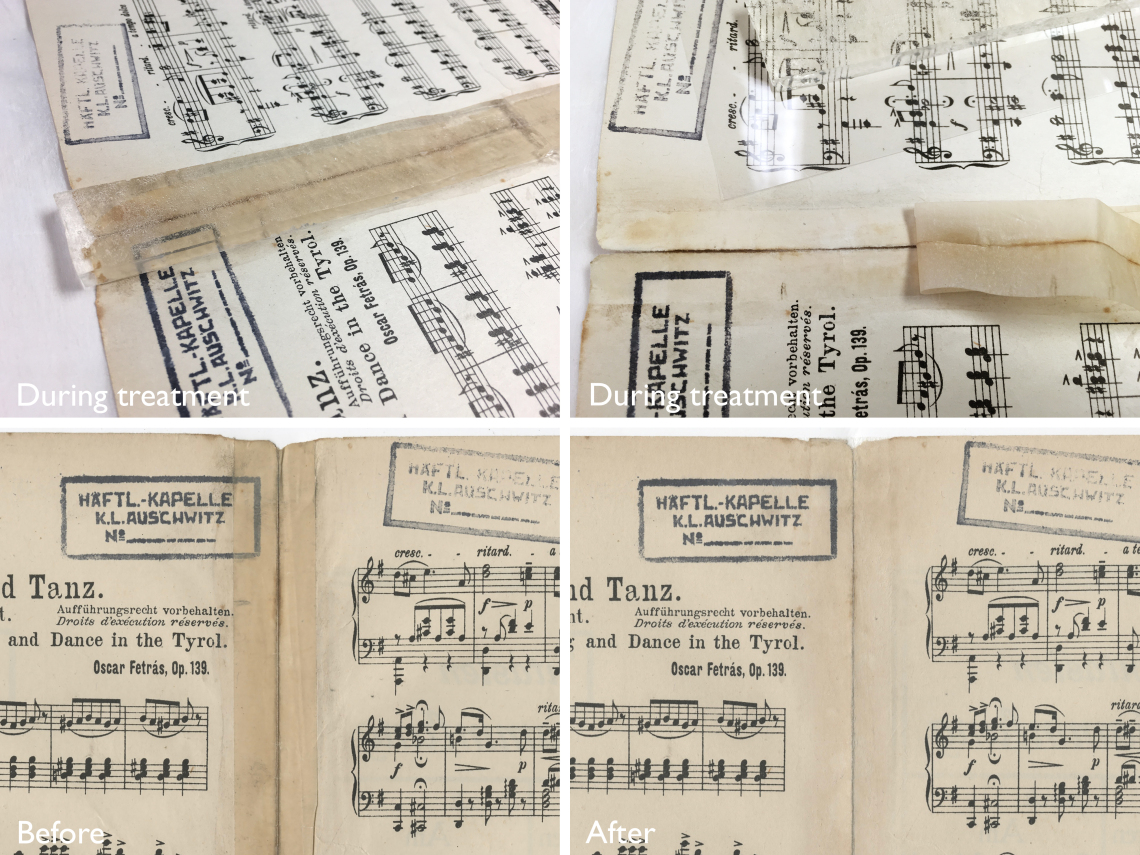
The final method I wish to discuss is “organogel”. Through background reading, the work of Mr. Antonio Mirabile came to my attention. He kindly agreed to present a two-day workshop at Auschwitz-Birkenau Museum. As a part of the NANORESTART Project (Nanomaterials for the Restoration of Works of Art), he introduced new methods using hydrogels and organogels.
In my later experiments, the use of organogels proved beneficial when addressing problems such as inks next to the PST, which are soluble in all tested solvents, and deteriorated paper causing high risk for tidelines. The two organogels were a chemical gel, one composed of vegetable oil and a cross linker, the other was poly(methyl methacrylate) and poly(ethyl methacrylate). They allowed safe removal of PST residues as they can mainly hold organic solvents and perform very high retention.
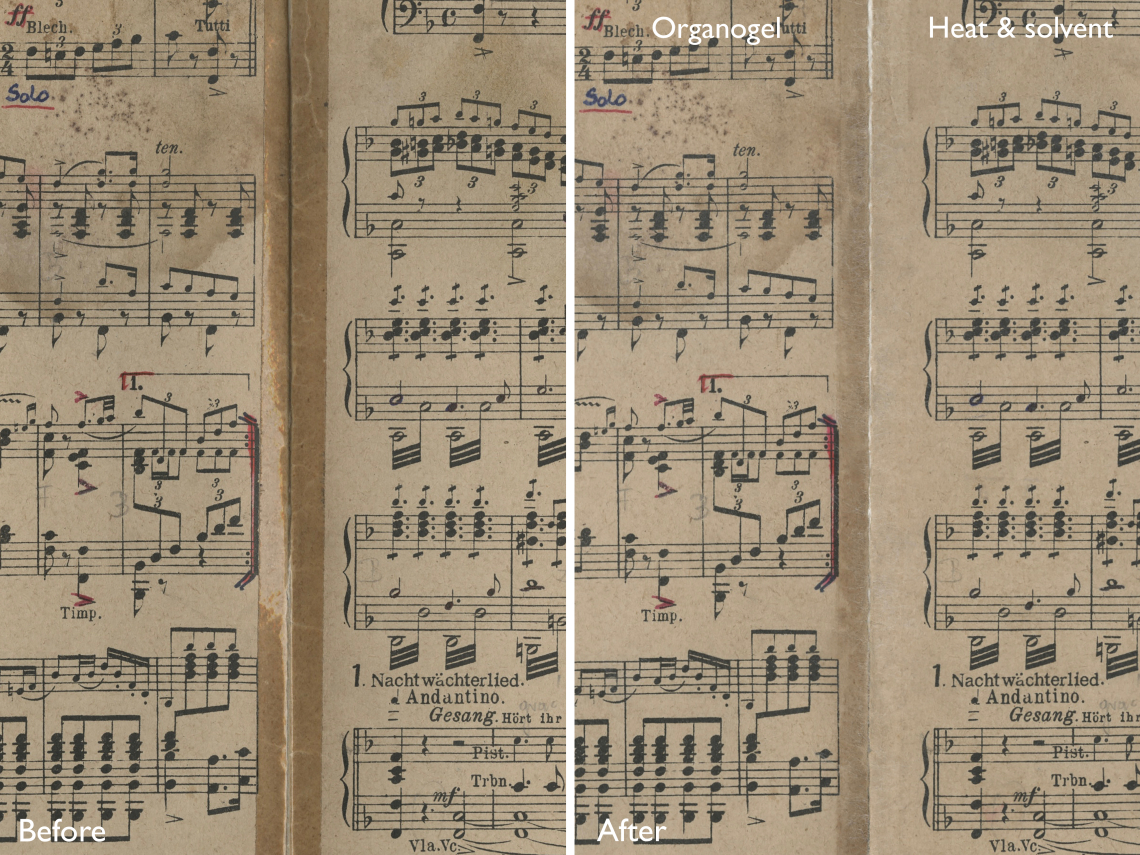
After removing the backing, the gel loaded with diethyl carbonate was directly placed on the residue. Adjacent areas were masked using Melinex© sheets if necessary. Treatment took only 30 seconds; the sticky residue was successfully removed and stained area was lightened with no alteration to media and paper! It was time efficient – an ideal method in such cases as the solvent was released very gently on the exact area of gel application without making the paper surface wet. Although the gels are still under development, they will be a valuable addition to existing treatments.
Although my research was limited and many problems were not resolved, it allowed me to extend my knowledge in a specific area. It also demonstrated the need to be flexible and creative in my thought and approach, whilst keeping up-to-date with professional developments.
Acknowledgements: Warszaw Uprising Museum, Antonio Mirabile, Auschwitz-Birkenau State Museum and ICON Book and Paper Group. Many thanks to all for your valuable contributions.

